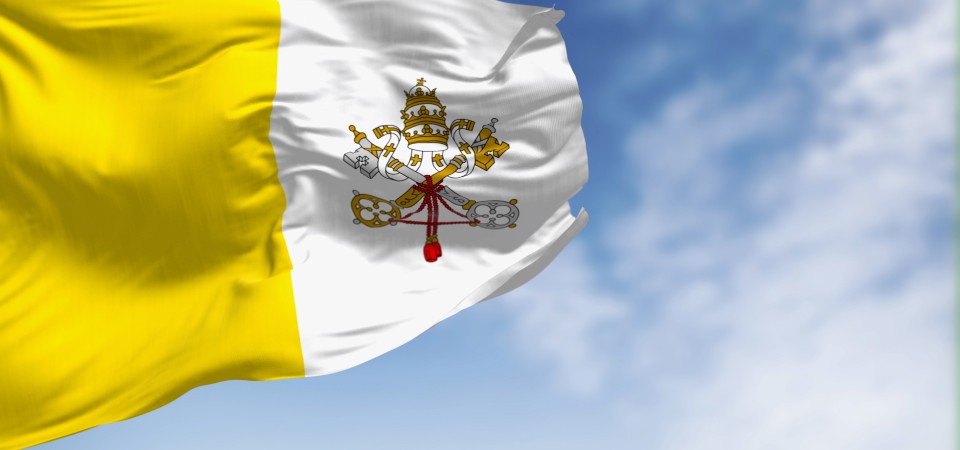Pope Leo XIV has been elected as the 267th pontiff, leader of the Catholic church and spiritual guide to more than 1.4 billion Catholics. He is the first pope in history to come from the United States.
Since the 19th century, the influence of the United States within the Catholic Church has steadily increased, mirroring the country’s global geopolitical rise. US bishops, institutions and donors have played a growing role in shaping church policy, appointments and international engagement, signalling a shift away from traditional European dominance.
This growing influence had long been accompanied by unease over the idea of entrusting the leadership of the global Catholic community to a figure from the world’s most powerful nation. In this sense, the election of Leo XIV is an unexpected and significant choice.
Robert Francis Prevost, born in Chicago in 1955, has spent much of his ecclesiastical life to date in Peru, where he became a respected figure within the local church. He had been sent to Peru on a missions after taking his solemn vows as an Augustinian and studying in Rome.
Once there, he served for many years as judicial vicar and professor of canon, patristic (early Christian), and moral theology in Trujillo. In 2014, he was appointed apostolic administrator of Chiclayo and became its bishop in 2015, a post he held until 2023.
Prevost gained Peruvian citizenship and was widely regarded as a stabilising, pastoral presence in a church often divided between liberation theology and ultra-traditionalism. Known for his humility and approachability, he was respected for his ability to foster dialogue among Peru’s diverse episcopate.
His longstanding commitment to Latin America helped shape his international reputation and proved key to his eventual election as the church’s first North American pope.
Continuity or rupture with Francis?
It is difficult to determine at this early stage whether the election of Leo XIV will mark a continuation of Pope Francis’s pontificate or a clear departure from it. More likely, it will represent something of a middle path.
The first image of the newly elected pope – appearing on the balcony in traditional white and red papal garments, adorned with a gold cross – was striking. It echoed the appearance of Benedict XVI in 2005, in contrast to Francis’s more austere choice of a plain white cassock and silver cross, which reflected a deliberate gesture of humility.
Continues…
 For the full article by Massimo D'Angelo visit the Conversation website.
For the full article by Massimo D'Angelo visit the Conversation website.
ENDS
